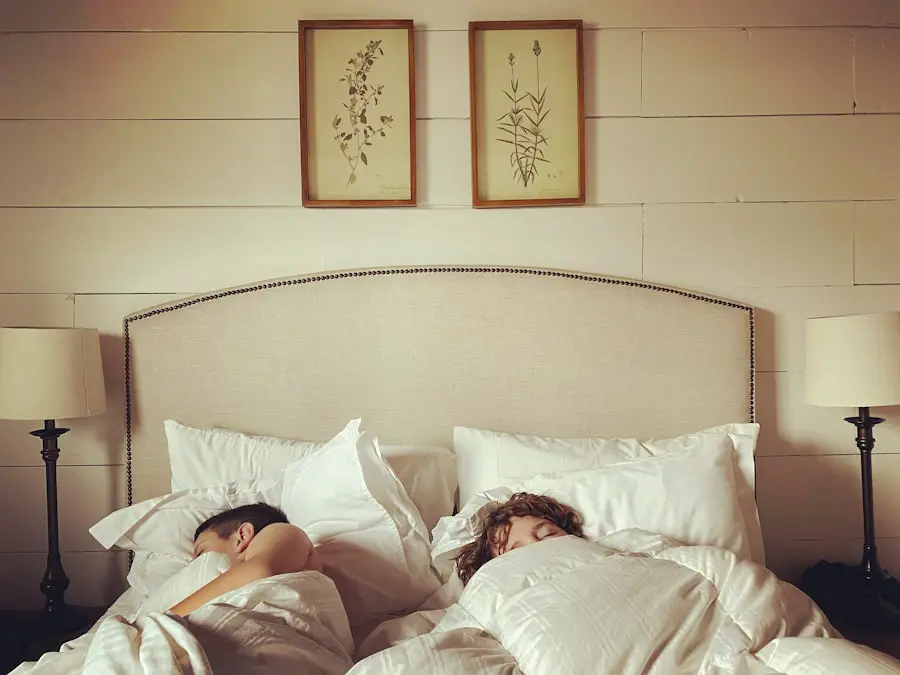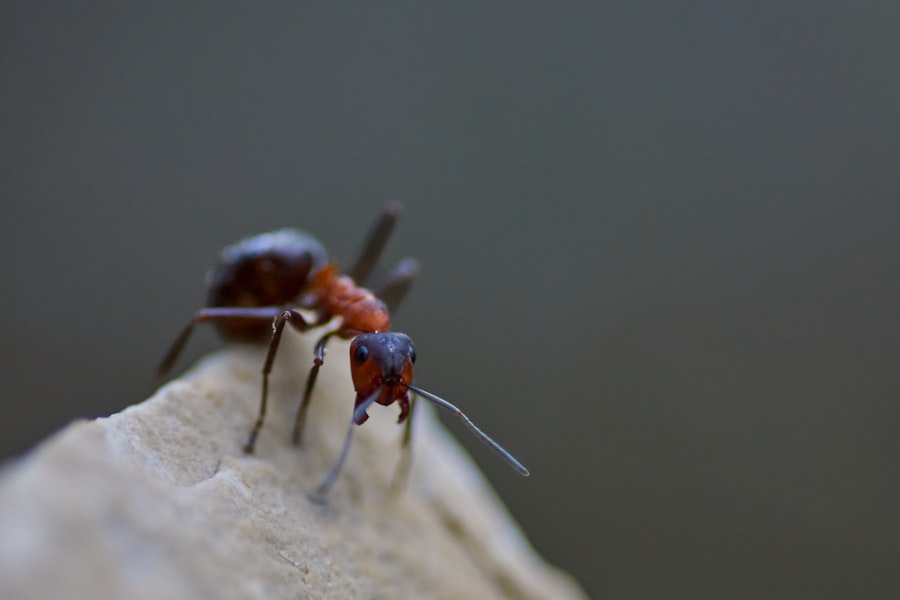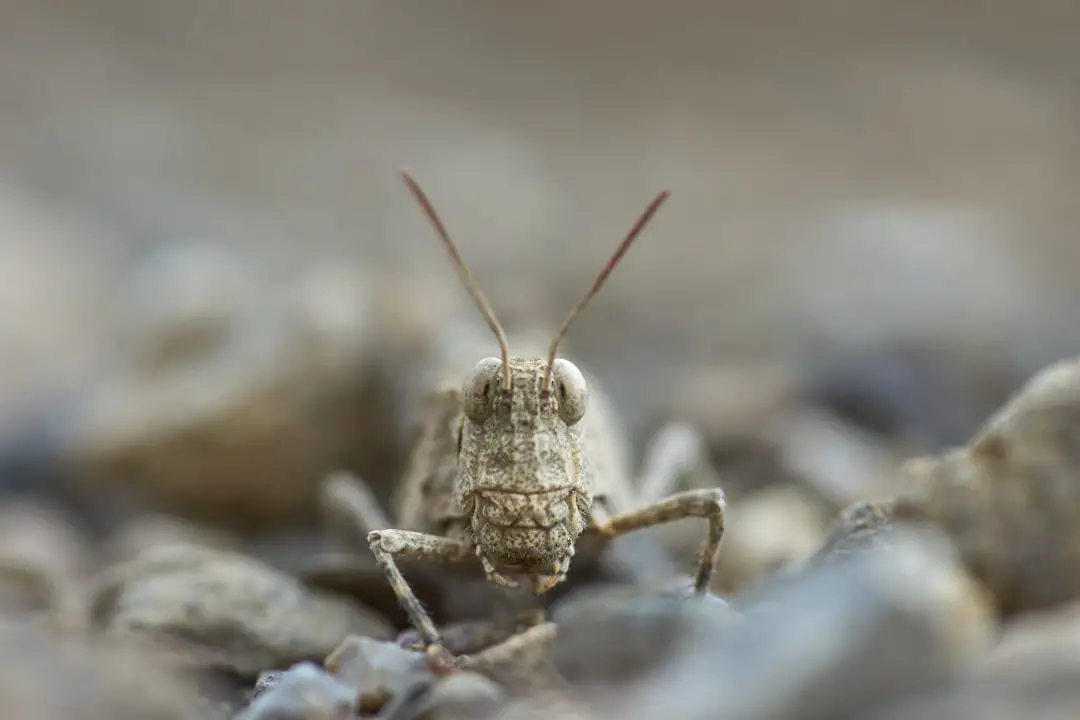Bed bugs, scientifically known as Cimex lectularius, have become a significant concern for travelers in recent years. These small, nocturnal insects are notorious for their ability to hitchhike on luggage, clothing, and personal belongings, making hotels a prime environment for their spread. The risk of encountering bed bugs in hotels is heightened due to the high turnover of guests and the close proximity of rooms.
Once introduced into a hotel, bed bugs can quickly multiply, leading to infestations that are challenging to eradicate. The psychological impact of a bed bug encounter can be profound, often leaving travelers feeling anxious and paranoid about their accommodations. Moreover, the presence of bed bugs is not necessarily indicative of poor hygiene or cleanliness.
These pests can thrive in even the most upscale hotels, as they are adept at hiding in tiny crevices and can survive for months without feeding. The bites themselves can cause discomfort, leading to itchy welts and allergic reactions in some individuals. Understanding the risks associated with bed bugs is crucial for travelers who wish to minimize their chances of an unpleasant experience during their stay.
Awareness of these risks can empower guests to take proactive measures to protect themselves and their belongings.
Key Takeaways
- Bed bugs in hotels can pose a risk to travelers, as they can easily hitch a ride on luggage and clothing.
- When preparing for a hotel stay, pack a flashlight, a roll of tape, and a set of plastic bags to help with bed bug prevention.
- Conduct a visual inspection of the hotel room upon arrival, paying close attention to dark areas and seams in furniture.
- Use a flashlight to check for bed bugs in dark areas such as behind headboards, along mattress seams, and in cracks and crevices.
- Inspect the bed and bedding for signs of bed bugs, including live bugs, shed skins, and small bloodstains.
Preparing for a Hotel Stay: What to Pack for Bed Bug Prevention
Preparation is key when it comes to preventing bed bug encounters during hotel stays. Travelers should consider packing specific items that can help mitigate the risk of bringing these pests home. One essential item is a set of protective luggage encasements.
These zippered covers can be placed over suitcases and bags, creating a barrier that prevents bed bugs from entering or escaping. Additionally, packing clothes in sealed plastic bags can further reduce the likelihood of contamination during transit. Another important consideration is the choice of clothing.
Opting for lighter-colored garments can make it easier to spot any potential bed bugs that may have hitched a ride. Furthermore, travelers should bring along a portable steamer or iron, as high heat can effectively kill any bed bugs or eggs that may be present on clothing. By taking these precautions before even stepping foot in a hotel room, guests can significantly reduce their risk of encountering bed bugs during their stay.
Conducting a Visual Inspection of the Hotel Room

Upon entering a hotel room, conducting a thorough visual inspection is essential for identifying potential bed bug infestations.
Guests should start by examining the overall cleanliness of the room, paying close attention to areas where bed bugs are likely to hide. This includes checking behind headboards, under mattresses, and within the seams of upholstered furniture.A meticulous inspection can reveal signs of bed bugs, such as small dark spots (fecal matter), shed skins, or even live insects. In addition to inspecting the sleeping area, it is also important to examine other parts of the room. Bed bugs can be found in various locations beyond just the bed itself; they may inhabit nightstands, dressers, and even behind picture frames.
By being vigilant and thorough during this initial inspection, travelers can identify potential issues before settling into their accommodations. If any signs of bed bugs are detected, it is advisable to request a different room or consider finding alternative lodging.
Using a Flashlight to Check for Bed Bugs in Dark Areas
| Location | Number of Bed Bugs Found | Percentage of Infestation |
|---|---|---|
| Bed | 5 | 20% |
| Carpet | 8 | 32% |
| Furniture | 3 | 12% |
A flashlight is an invaluable tool when it comes to inspecting hotel rooms for bed bugs, particularly in dark or dimly lit areas where these pests may be hiding. The use of a flashlight allows travelers to illuminate corners and crevices that might otherwise go unnoticed during a visual inspection. When using a flashlight, it is important to focus on areas such as the edges of carpets, behind furniture legs, and inside drawers where bed bugs may seek refuge.
In addition to illuminating dark spaces, a flashlight can help highlight any unusual markings or signs of infestation that may not be visible under normal lighting conditions. For instance, the reflective sheen of bed bug excrement can be more easily spotted with a focused beam of light. By incorporating a flashlight into their inspection routine, travelers can enhance their ability to detect bed bugs and take appropriate action if necessary.
Inspecting the Bed and Bedding for Signs of Bed Bugs
The bed itself is often the primary location where bed bugs are found, making it crucial for travelers to conduct a thorough inspection of both the mattress and bedding. Guests should begin by removing any decorative pillows or bedding layers before closely examining the mattress seams and edges. Bed bugs tend to hide in these tight spaces, so looking for small dark spots or blood stains can provide valuable clues about their presence.
Additionally, it is important to inspect the box spring and bed frame as well. Bed bugs can easily hide in the cracks and crevices of these structures, making them difficult to detect without careful examination. If any signs of infestation are found during this inspection, such as live bugs or fecal matter, it is advisable to avoid using that bed altogether and report the findings to hotel management immediately.
Checking Furniture and Upholstery for Bed Bug Infestations

Beyond the bed itself, other pieces of furniture in the hotel room can also harbor bed bugs. Upholstered chairs, sofas, and even curtains should be inspected thoroughly for signs of infestation. Travelers should look for small dark spots on fabric surfaces or any signs of molting that indicate the presence of bed bugs.
The seams and folds of upholstery are particularly vulnerable areas where these pests may hide. In addition to upholstered furniture, wooden furniture pieces should not be overlooked. Bed bugs can squeeze into tiny cracks and crevices in wooden surfaces as well.
Inspecting nightstands and dressers for any signs of activity is essential in ensuring that the entire room is free from these pests. A comprehensive inspection of all furniture will help travelers identify potential risks and make informed decisions about their accommodations.
Examining Luggage and Personal Belongings for Bed Bugs
After conducting inspections throughout the hotel room, it is equally important for travelers to examine their luggage and personal belongings for any signs of bed bugs before leaving the hotel. This step is crucial in preventing these pests from hitching a ride back home. Guests should carefully inspect the exterior of their suitcases and bags for any visible signs of infestation, such as small dark spots or live insects.
Additionally, opening luggage compartments and checking inside bags is essential for ensuring that no bed bugs have made their way into personal belongings. Travelers should also consider using luggage racks when placing bags in hotel rooms; this keeps luggage off the floor and away from potential infestations lurking in carpets or bedding. By being diligent about inspecting luggage before departure, travelers can significantly reduce the risk of bringing bed bugs home with them.
Knowing What to Do If You Find Bed Bugs in Your Hotel Room
Discovering bed bugs in a hotel room can be alarming, but knowing how to respond can help mitigate the situation effectively. The first step upon finding evidence of bed bugs is to remain calm and avoid panicking. It is essential not to disturb the area too much, as this could cause the insects to scatter and make them harder to locate.
Instead, guests should document their findings by taking photographs or noting specific locations where signs were found. Once evidence has been gathered, it is crucial to notify hotel management immediately. Most reputable hotels have protocols in place for handling bed bug infestations and will take swift action to address the issue.
This may include relocating guests to another room or providing compensation for the inconvenience caused by the infestation. It is also advisable for travelers to check their belongings thoroughly before leaving the hotel to ensure that no bed bugs have been inadvertently packed.
Reporting Bed Bug Infestations to Hotel Management
Reporting a suspected bed bug infestation to hotel management is not only important for personal safety but also contributes to broader efforts in controlling these pests within hospitality establishments. When notifying management, guests should provide detailed information about where they found evidence of bed bugs and any actions taken during their inspection process. This information can assist hotel staff in addressing the issue promptly and effectively.
Hotels often have pest control professionals on retainer who can assess the situation further and implement necessary treatments if an infestation is confirmed. By reporting infestations promptly, guests play an active role in helping hotels maintain a safe environment for future visitors while also protecting themselves from potential health risks associated with bed bug bites.
Taking Precautions to Prevent Bringing Bed Bugs Home
After returning home from a hotel stay, taking precautions against bringing bed bugs into one’s living space is essential for preventing infestations at home. One effective strategy involves immediately unpacking luggage outside or in a designated area away from living spaces. This allows travelers to inspect their belongings thoroughly before introducing them into their homes.
Washing clothes in hot water upon returning home is another effective measure against potential hitchhikers. High temperatures kill both adult bed bugs and their eggs, ensuring that any pests inadvertently brought back are eliminated before they have a chance to establish themselves in one’s home environment. Additionally, vacuuming luggage thoroughly can help remove any stray insects or eggs that may have clung on during travel.
Seeking Professional Help if You Suspect Bed Bug Infestation at Home
If there are signs of a potential bed bug infestation at home despite taking precautions after travel, seeking professional help becomes imperative. Pest control experts possess specialized knowledge and tools necessary for effectively identifying and eradicating these pests from residential spaces. They will conduct thorough inspections using trained dogs or advanced detection methods to locate hidden infestations that may not be visible to homeowners.
Once an infestation has been confirmed, pest control professionals will develop tailored treatment plans that may include chemical treatments or heat remediation methods designed specifically for eliminating bed bugs at all life stages. Homeowners should act quickly upon suspecting an infestation; early intervention increases the likelihood of successful eradication while minimizing disruption to daily life.
When staying in a hotel, it’s important to be vigilant about bed bugs. One helpful article on how to look for bed bugs in a hotel can be found here. By following the tips provided in this article, travelers can protect themselves from bringing these unwanted pests back home with them. It’s always better to be safe than sorry when it comes to bed bugs in hotels.
FAQs
What are bed bugs?
Bed bugs are small, reddish-brown insects that feed on the blood of humans and animals. They are typically found in bedding, mattresses, and furniture.
How can I look for bed bugs in a hotel room?
To look for bed bugs in a hotel room, start by checking the mattress and box spring for any signs of bed bug activity, such as dark spots or actual bugs. Also, inspect the headboard, nightstands, and upholstered furniture for any signs of bed bugs.
What are the signs of bed bug activity in a hotel room?
Signs of bed bug activity in a hotel room include small reddish-brown bugs, dark spots on bedding or furniture, and a sweet, musty odor.
What should I do if I find bed bugs in a hotel room?
If you find bed bugs in a hotel room, notify the hotel staff immediately and request a different room. If you have already unpacked your belongings, be sure to inspect them for any signs of bed bugs before moving to a new room.
Can I prevent bringing bed bugs home from a hotel?
To prevent bringing bed bugs home from a hotel, inspect your luggage and belongings before leaving the hotel room. Wash and dry your clothing on high heat as soon as you return home to kill any potential bed bugs.
